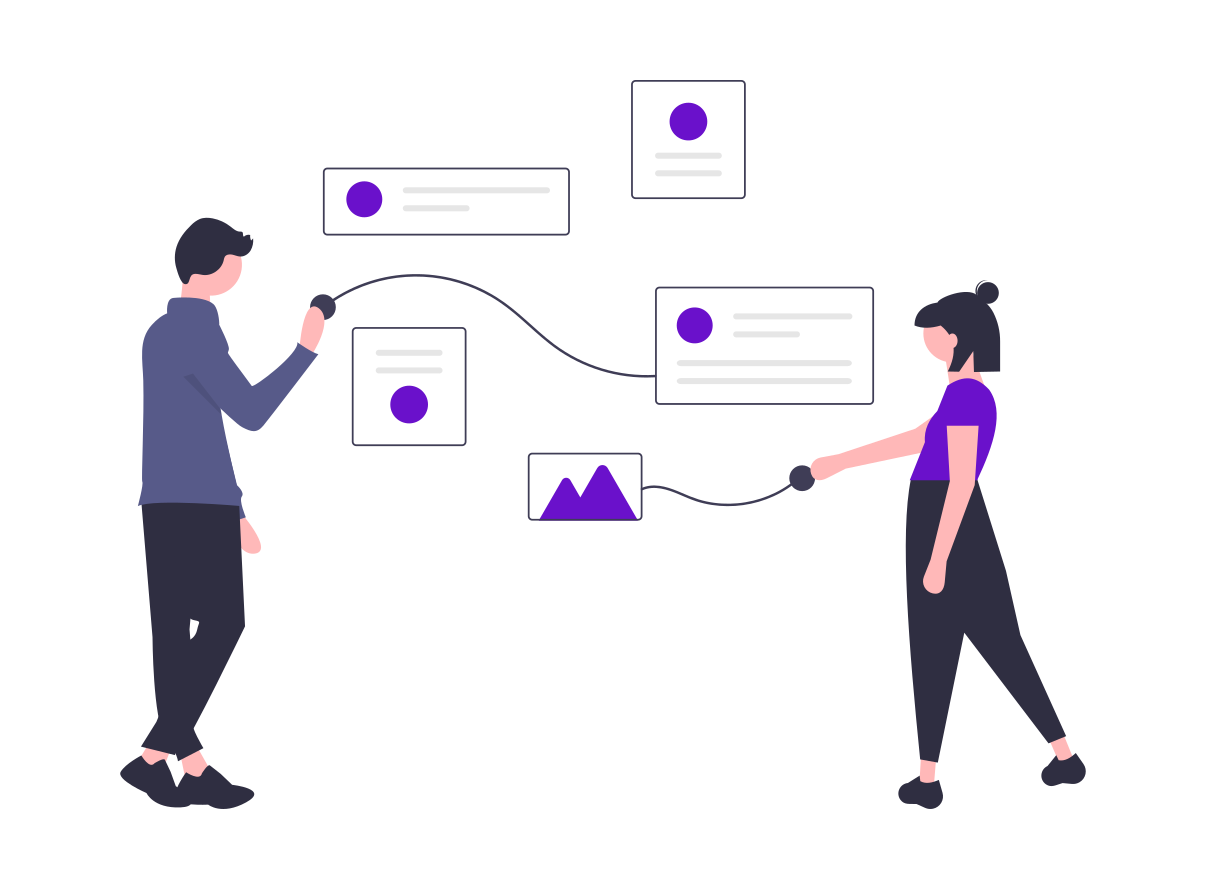In the evolving landscape of account-based marketing (ABM), technographic segmentation is emerging as a pivotal strategy for driving personalized and effective marketing campaigns. This method focuses on categorizing companies based on their technology stack, software usage, and IT infrastructure. By leveraging technographic data, businesses can enhance their targeting precision, tailor their marketing messages, and ultimately, boost their engagement and conversion rates. In this blog, we will delve into what technographic segmentation is, its benefits, and how to implement it in your ABM strategy.
What is Technographic Segmentation?
Technographic segmentation involves analyzing and grouping potential accounts based on the technologies they use. This includes software applications, hardware, and other IT-related tools that organizations have implemented. By understanding a company's technological landscape, marketers can gain insights into their needs, preferences, and potential pain points.
The Importance of Technographic Data
-
Enhanced Targeting: Knowing the specific technologies that a company uses allows for more precise targeting. For example, if a company is using a particular CRM system, a marketer can tailor their message to highlight how their product integrates seamlessly with that system.
-
Personalized Messaging: With technographic data, marketers can craft highly personalized messages that resonate with the specific technological environment of the target account. This level of personalization increases the likelihood of engagement.
-
Competitive Advantage: Understanding the technology stack of your competitors and their customers can provide a competitive edge. You can position your offerings in a way that highlights your strengths relative to the competition.
-
Improved Sales Conversations: Sales teams equipped with technographic data can have more informed and relevant conversations with prospects. This data can help sales representatives understand potential challenges the prospect might be facing and how their solutions can address those issues.
Implementing Technographic Segmentation in ABM
-
Data Collection: The first step is gathering technographic data. This can be done through various means such as surveys, third-party data providers, web scraping tools, and direct customer interactions. Platforms like Datanyze, BuiltWith, and HG Insights offer comprehensive technographic data services.
-
Data Integration: Integrate the collected technographic data into your CRM and marketing automation platforms. This integration ensures that your marketing and sales teams have access to up-to-date and relevant data.
-
Segmentation: Use the technographic data to segment your target accounts. Group companies based on similar technology stacks or specific software usage. This segmentation will allow you to create more targeted and relevant marketing campaigns.
-
Personalized Campaigns: Develop marketing campaigns tailored to each technographic segment. For instance, if a segment consists of companies using a specific project management tool, highlight how your product enhances the functionality of that tool.
-
Analysis and Optimization: Continuously analyze the performance of your technographic segmentation strategy. Use metrics such as engagement rates, conversion rates, and sales cycle length to assess the effectiveness of your campaigns. Optimize your approach based on the insights gained from this analysis.
Benefits of Technographic Segmentation
-
Increased ROI: By targeting the right accounts with personalized messages, you are likely to see higher engagement rates and conversions, leading to a better return on investment for your marketing efforts.
-
Shorter Sales Cycles: With more relevant and personalized information, prospects are likely to move through the sales funnel more quickly, reducing the overall sales cycle length.
-
Better Resource Allocation: Technographic segmentation allows for more efficient allocation of marketing and sales resources. By focusing on high-potential accounts, you can maximize the impact of your efforts.
-
Improved Customer Relationships: Personalized marketing fosters better relationships with your customers. By understanding their technological needs and addressing them effectively, you build trust and credibility.
Conclusion
Technographic segmentation is a powerful tool in the arsenal of account-based marketing strategies. By leveraging detailed insights into the technological landscape of your target accounts, you can enhance targeting precision, personalize messaging, and ultimately drive better engagement and conversions. As the digital world continues to evolve, integrating technographic data into your ABM strategy will not only keep you competitive but also pave the way for more meaningful customer relationships.


